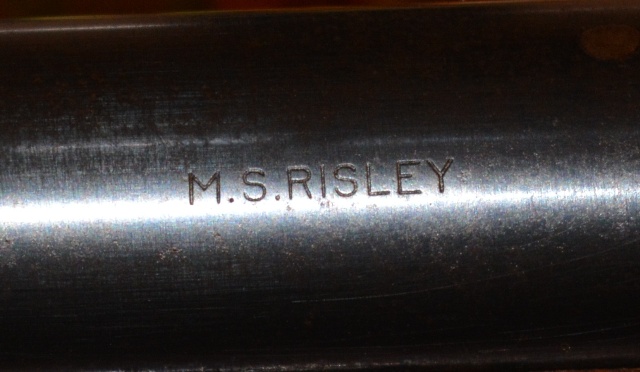Some time ago I came across a Stevens 44 chambered in .22 LR. The barrel had been changed and the name MS Risley was on the barrel. I did a little research and it indicated that Mr. Risley worked with Harvey Donaldson making dies and chambering rifles for Hervey Lovell designed cartridges in the infancy of the then new "varmint rifles." MS Risley had a rifle shop in Hubbardsville, NY. There is a picture of Mr. Risley's rifle shop in the Charles Landis book, "Twenty-Two Caliber Varmint Rifles." Because I know this site has some very knowledgeable folks, I am hoping someone may have some information about Mr. Risley and/or his rifles. Thanks for reading.


|
   
   
|


|







 Reply With Quote
Reply With Quote







